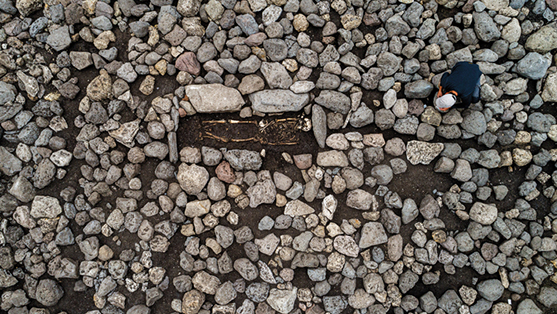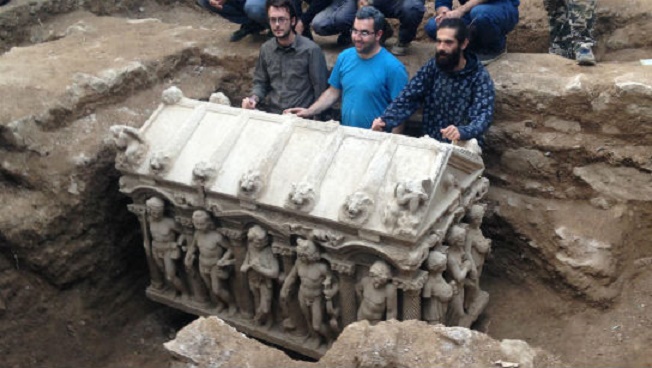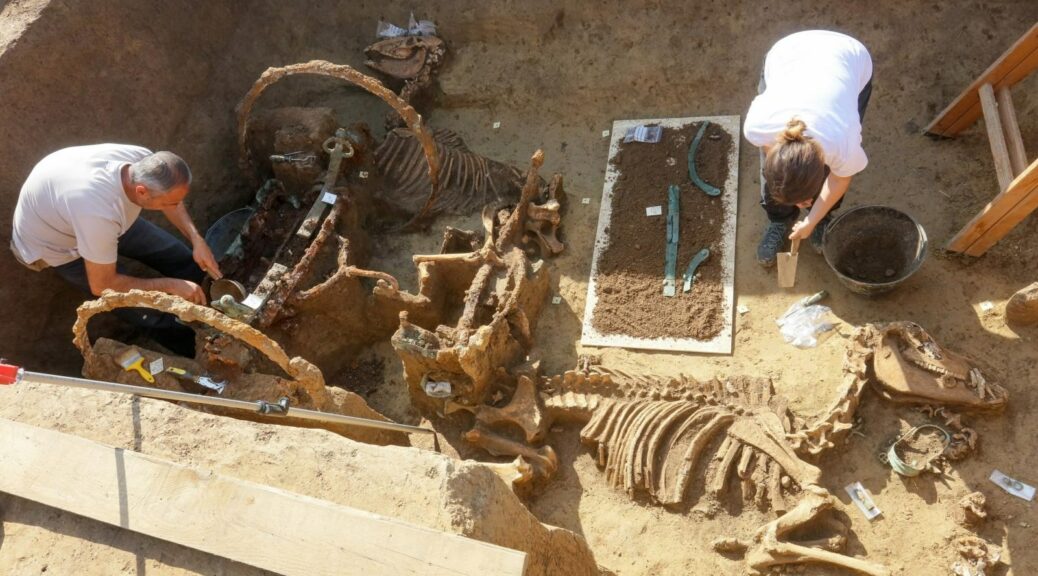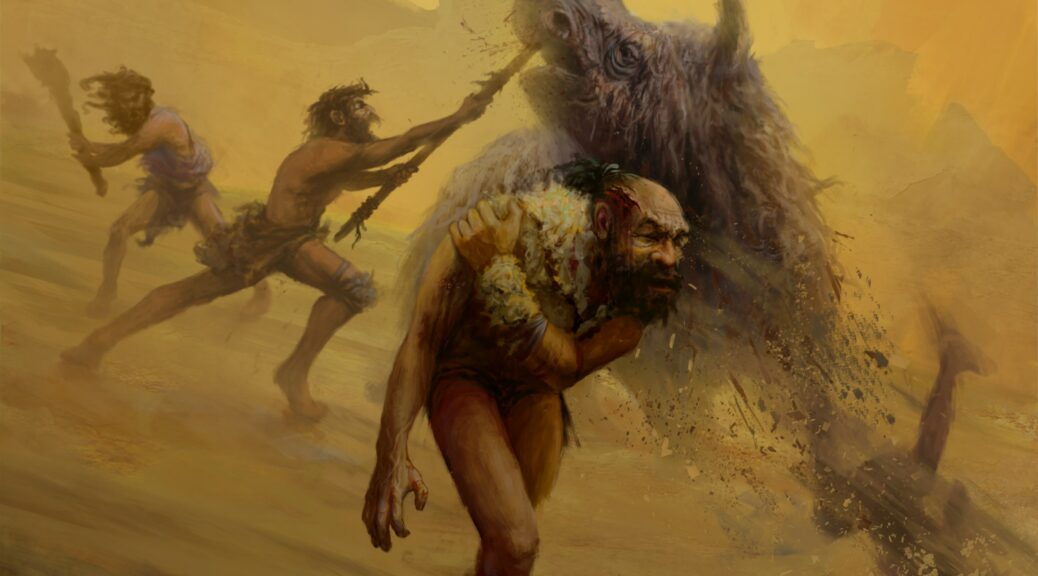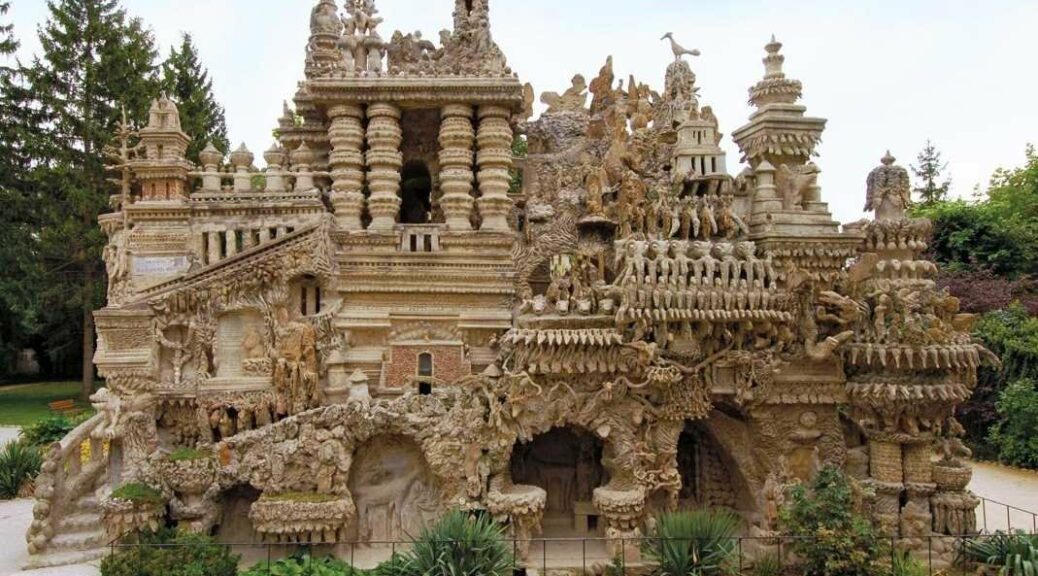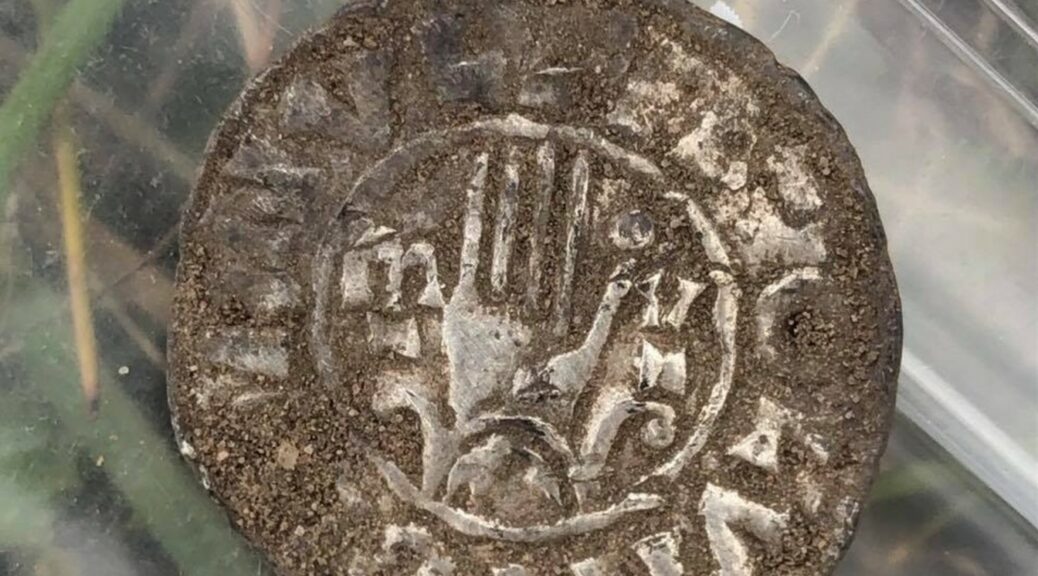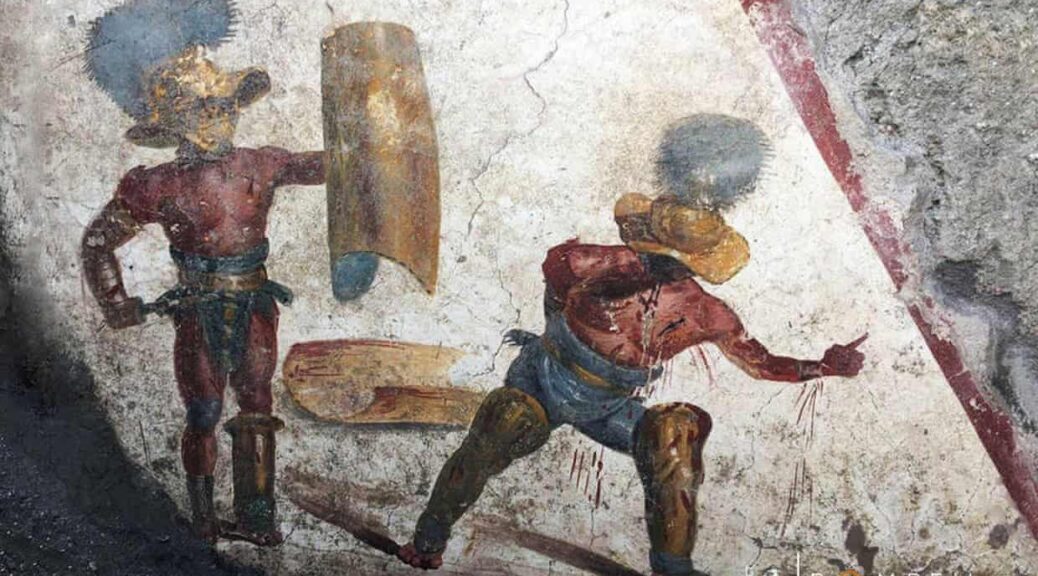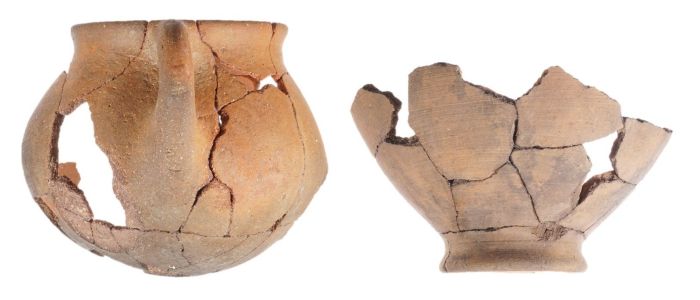Human remains found in Aberdeen garden may have been buried by medical students 187 years ago
OLD ABERDEEN, SCOTLAND—BBC reports that 115 human bone fragments recovered from a private garden in northeastern Scotland by archaeologist Alison Cameron may have been buried by medical student Alexander Creyk and his roommates, who lived on the property in the early nineteenth century.

Old Aberdeen staff who refurbished a house on Canal Street discovered bones on garden soil last November, sparking a complicated investigation into how they got there.
The police quickly ignored the errors and tasked the puzzle to archeologists from the Aberdeenshire Council and Aberdeen University.
And after studying the bones and deciphering records from the last 200 years over an 11-month period, the team has pieced together a puzzle – determining the most likely explanation was a medical student trying not to fall foul of the law.
“The discovery of these bones reveals a little piece of the city’s lost history. It is a fascinating tale,” said Aberdeenshire Council’s archeologist Bruce Mann.

After the discovery, Alison Cameron, of Cameron Archeology, spent several days excavating the garden to collect all the bones. They were cleaned and given to Aberdeen University archaeology lecturer Dr. Rebecca Crozier.
In all, there were 115 bone fragments and Dr. Crozier pieced them together to make 84 fragments. Her tests showed the bones are those of between five and seven people – two of whom were aged between two and seven.
A carbon dating test, performed at a laboratory in East Kilbride, concluded there was a 95.4% likelihood the bones were those of people who lived at some point between 1650 and 1750.
Dr. Crozier was able to tell that, once they had died, two people’s bones had been used for the purposes of training new doctors.

She concluded procedures had been carried out on the skull of one of the adults and on one of the children after they had died. Records told the researchers that medical students lived at the Canal Street house around 1832.
That year, the Government introduced the Anatomy Act to regulate the study of donated human bodies and halt the illegal trade in corpses and grave robberies.
Street directories show a young trainee doctor named Alexander Creyk was living at the house on Canal Street around 1832 along with other lodgers who were also medical students. Mr. Mann and his colleagues believe Mr. Creyk, whose father was a surgeon from Elgin, was the likely culprit.
“At the time, there would have been medical students who were concerned about being caught with human remains that could land them into trouble, so it is likely he disposed of them within the boundaries of the property and they remained undiscovered until November.”
Mr. Mann said: “Often, the bones and the physical objects you find at the site only tell half the story. “Then it is a case of studying records to get a holistic picture of what has happened. “You have to consider all the other factors to build up a full story.
“There were also objects, such as china, found at the site which were consistent with the early 19th Century.” Dr. Crozier said: “In the early 19th Century, a lot of people were terrified of being anatomized and the Anatomy Act was brought in to regulate it.

“It has been a fascinating exercise. It’s interesting to think that, from this little box of bones, a tale from the dark history of Aberdeen has emerged.
“This has brought history to life. It is so cool because we’ve been able to put together a really fluent narrative about the sequence of events.” The carbon dating works by testing to what extent bone has decayed, allowing scientists to say how old they are.

Dr. Crozier added: “In the case of the child, we were able to tell that a hole had been drilled into the skull and I was able to match it to a particular tool. “It was not a procedure that would have been carried out when the person was alive. One of the adults showed similar signs of skull drilling.
“We’re going to have a student look into the study of surgery and how it can be distinguished that it happened post-mortem rather than during their lives.” Mr. Mann said: “Exercises like this are important in ensuring the people who have died are treated with dignity.
“Once our research is done, we arrange a burial for the bones. That can involve researching their religion so we get their preferred kind of ceremony. Then we will locate an appropriate place – usually a cemetery close to where they were found.
“We get on average five such cases a year.”
